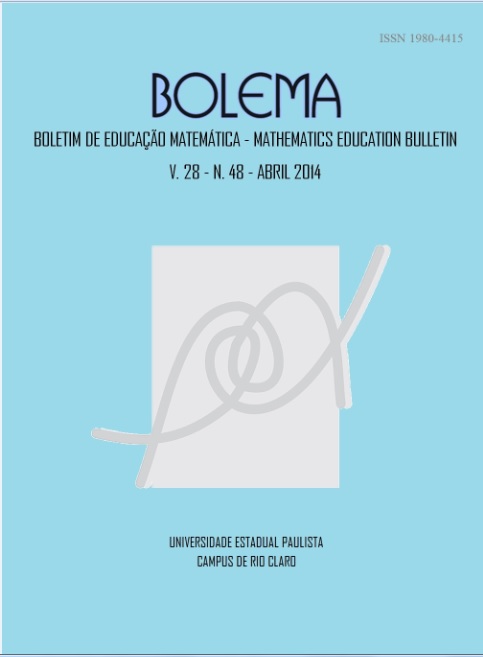<b>Symmetry and Rotation Skills of Prospective Elementary Mathematics Teachers</b>
Palabras clave:
Symmetry skill. Rotation skill. Prospective elementary mathematics teacher.Resumen
Abstract The aim of this study was to investigate the skills and deficiencies of senior university students enrolled in a mathematics education program with the concepts of symmetry and rotation of geometric figures. The study was conducted with 32 prospective teachers in the Department of Education at a public university located in Western Turkey. This descriptive study was designed with a case study. A structured interview technique was used for data collection. A measurement tool consisting of 12 drawing problems testing symmetry (5 problems) and rotation (7 problems) ability was used in the study. Descriptive statistical methods were used for data analysis. The drawings were analyzed individually, and the students’ mistakes and deficiencies were categorized. According to the results of the study, prospective elementary mathematics teachers did not have difficulty in drawing the symmetry of an object or in determining the symmetry axis. However, while they could rotate the figure when a rotation axis was provided, they failed to rotate it in the absence of an axis. In addition, prospective elementary mathematics teachers generally failed to find the center of the given rotated figures. The results of the present study were consistent with results in the literature. Keywords: Symmetry skill, rotation skill, prospective elementary mathematics teacher.Descargas
Publicado
2014-05-03
Número
Sección
ARTIGOS
Licencia

>>>>> BOLEMA: Mathematics Education Bulletin = BOLEMA: Boletim de Educação Matemática, Rio Claro, SP, Brasil - eISSN 1980-4415 - está licenciado sob Licença Creative Commons


